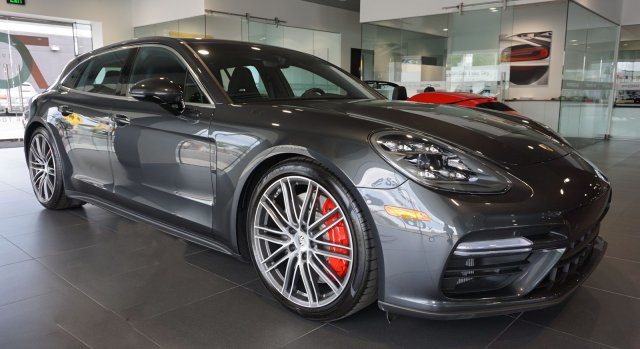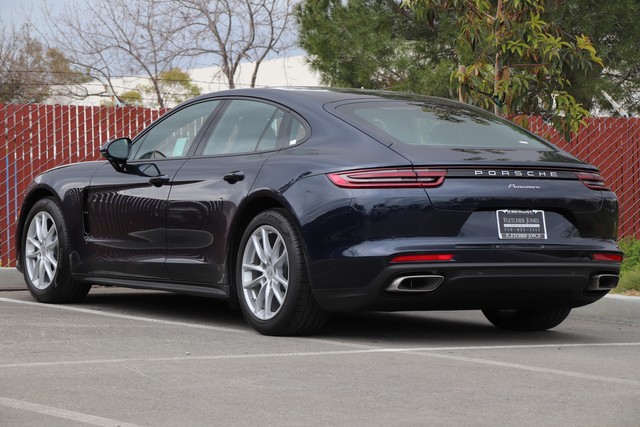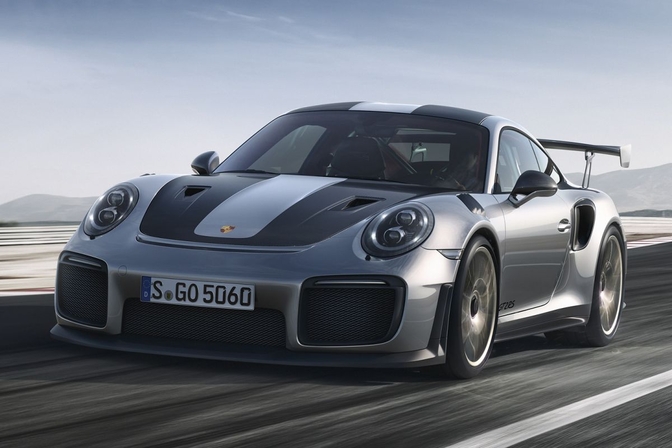| Micele |
11 augustus 2019 10:24 |
Citaat:
Oorspronkelijk geplaatst door Hypochonder
(Bericht 9088934)
Die test gaat over het feit dat die auto constant in dezelfde tijd zijn launch control kan gebruiken... Qua onzinnigheid kan dat tellen. Het zegt niks maar dan ook niks over het dagelijks gebruik en de kwaliteiten als elektrische auto.
|
Inderdaad.
Als je van een electrische auto een race-auto op circuit wil maken (euh af en toe moet men toch bijladen) moet je enkel maar zien dat er genoeg "koelingsgaten" in de wagen zitten of een bepaald koelingsdesign, zodat het batterijpack en motoren binnen bepaalde temperaturen blijven zodat ze zichzelf niet moeten beperken in vermogen wegens de duurzaamheid.
Dus meer koeling betekent meer luchtweerstand en minder rijbereik bij dezelfde wagen.
Ook die Porsche Taycan gaat nog geen mirakelcellen hebben die minder vloeistofkoeling nodig gaan hebben.
Een Porsche Taycan is echter voor de openbare weg, uiteraard the German Autobahn ook. Waar men vandaag al heel blij moet zijn met een gemiddelde snelheid van 130 kmh op lange ritten. In de regel wordt dat eerder 110 kmh gemiddeld (ook zonder files) want het verkeer op de linkerrijstrook bepaald jouw snelheid. (inhalende vrachtwagens, of gewone wagens met sleep, enz...)
Een Tesla model 3 bvb heeft alleszins al ruim voldoende koeling voor hoge snelheden in het enige land waar dat nog wettelijk mogelijk is.
Citaat:
https://www.teslarati.com/tesla-mode...ed-test-video/
June 15, 2019
Tesla owner and longtime electric car advocate Bjorn Nyland recently took his Model 3 Performance to the Autobahn in order to test the vehicle’s limits in sustained high-speed driving. More specifically, the Tesla enthusiast wanted to see if his Model 3 will overheat when it’s being floored for miles on end. The results of the test, to say the least, were incredibly surprising and impressive.
...
It did not take long for the Tesla owner to notice that his all-electric sedan was behaving in a different manner compared to his previous vehicles. The Model 3 Performance proved incredibly resilient, largely maintaining speeds above 120 mph (200 km/h) without any issues. The car also had no problems hitting speeds beyond 140 mph (230 km/h). What really surprised the Tesla owner was that the Model 3 did not overheat at all. There were times when the Model 3 Performance seemed to be limiting its speed to around 120 mph, but after a few moments, the vehicle was ready to hit top speed once more.
The Model 3 Performance might not be equipped with the gut-wrenching acceleration of its larger sibling, the Model S and Model X Performance, but the electric sedan does have its unique attributes. The vehicle, for one, is Tesla’s only track-capable car in its current lineup, with the Performance variant even getting a dedicated “Track Mode,” which helps the all-electric sedan maintain its optimum performance during closed circuit driving. Tests of the Model 3 Performance with Track Mode have shown that the vehicle can outdo high-performance cars such as the BMW M3 around the track.
These capabilities might soon be rolled out to the Model S and Model X, as well, if recent rumors are any indication. According to a recent leak from a reported insider from Tesla, the electric car maker is working on an update for the Model S and Model X, which will give the vehicles increased performance and more range. The “refreshed” electric vehicles will reportedly be adopting a new cooling system for their batteries and motors too, which could potentially open the doors to even more extended periods of high-speed driving, minus any overheating tendencies.
Watch Bjorn Nyland’s Autobahn test of the Model 3 Performance in the video below.
|
En dit met een luchtweerstandsfactor of Cd van 0,23 wat het model 3 voorlopig de zuinigste EV maakt bij hoge snelheden (ook officieel gemeten EPA highway-cyclus).
Ook bij het Tesla S/X is het koelingsdesign van het accupack significant verbeterd sinds de komst van het 100 kWh pack in augustus 2016, die het 85/90 kWh aflosde. Koeling is ook belangrijk voor het superchargen, daarom kunnen de eerste batterijpacks niet to snel opladen als de laatste (model 3).
Hieronder word het koelingsdesign tussen eerste model S (2012-2015), de al significant betere model S/X (vanaf 2016), en het model 3 (vanaf eind 2017), in woord en beeld simpel uitgelegd:
Citaat:
https://insideevs.com/news/338711/te...ed-track-mode/
The new Model 3 battery module is a completely new design. It bears very little resemblance to the Model S. Not only is it cheaper to manufacture, but it also has improved cooling over Model S and X modules. Scott’s Model X 100D has the second-gen Model S/X module design (figure 2) which incorporates two ribbon-shaped cooling tubes, as compared to one in the gen 1 module.
Here are some (but not all) of the reasons the Model 3 has improved battery cooling:
- better heat transfer between the cells and the cooling ribbon because the cells are now glued directly to the cooling ribbon and the cooling ribbon spans a greater percentage of the cells' height.
- fewer cells per pass of the cooling tube
First, we will walk through the gen 1 and gen 2 Model X/S module design. Then, we will show you the new Model 3 module design.
# The gen 1 Model S/X battery module only had one cooling tube per module. This single cooling tube had to cool 444 cells. Cells at the end of the cooling tube end up being significantly hotter than cells at the beginning of the cooling tube pass.
# The gen 2 Model S/X battery module (see article) had two cooling tubes per module instead of just one in gen 1 design. This new module is in the 100 kWh versions of the Model S and X. Each pass of the cooling tube only has to cool 258 cells instead of 444 = much better.
# The Model 3 battery module is machine assembled. Each length of tube with cells attached is nicknamed a “bandolero” because it looks like a machine gun bandolero (see article here). The cooling tube in each bandolero now only has to cool 164 cells. The cooling tube is bigger than Model S/X cooling tubes (cells are larger) and can pass more glycol cooling flow. The tube also covers a higher percentage of the cells' height.
...
The seven bandoleros are then connected in parallel, resulting in better cooling than the old series design and, as mentioned, each pass only cools 164 cells.
...
In a previous article we speculated that Model 3’s now being shipped are gen 3 Supercharging capable. Gen 3 Superchargers are more powerful, and better cooling is necessary to keep cell temperatures down. The new Model 3 cooling system should help in that department.
|
|







